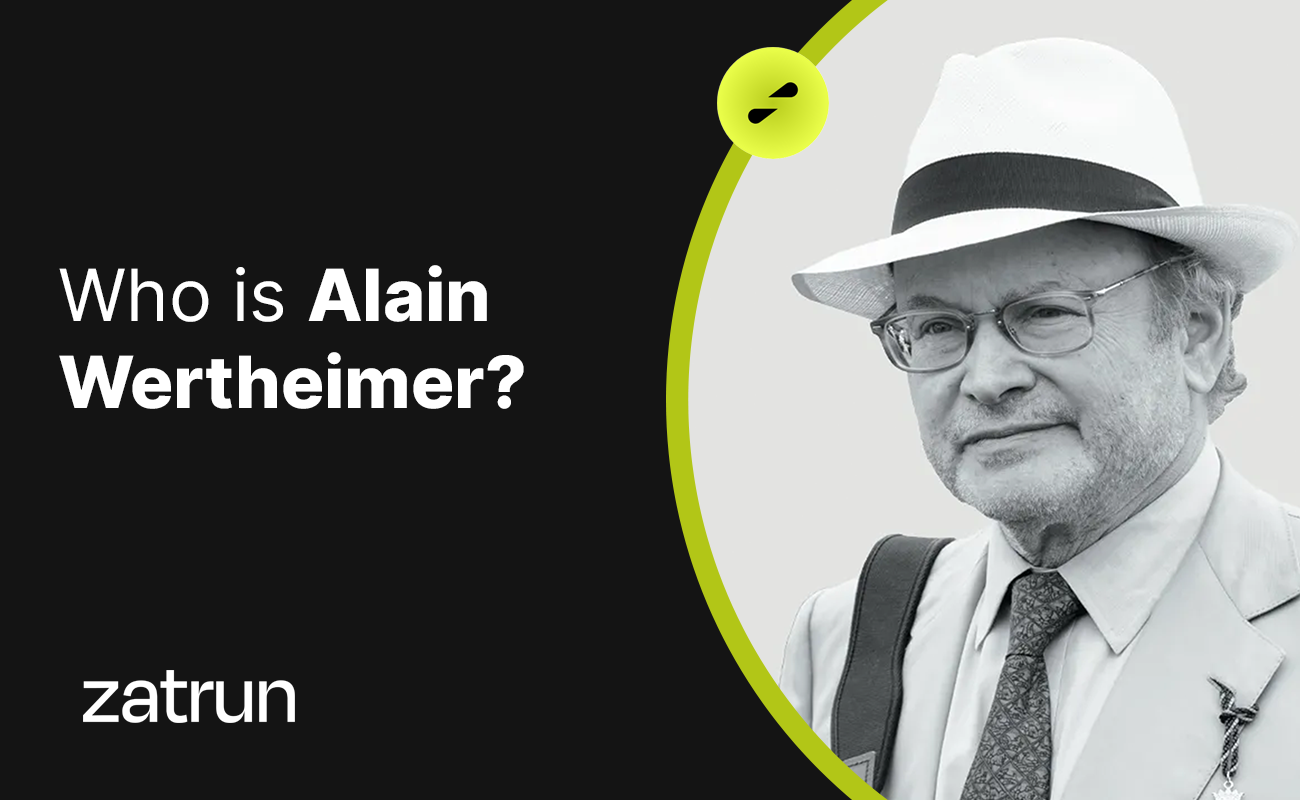Nicolaus Copernicus or Nikolas Kopernik was a scientist from the Kingdom of Prussia, a Catholic bishop’s advisor from the region of Ermland, who was engaged in mathematics, astronomy, and cartography in his spare time.
In his masterpiece “De Revolutionibus Orbium Coelestium” (On the Revolutions of the Heavenly Spheres), Nikolaus Copernicus defined the Solar System, and defended the heliocentric law which claimed that the planets revolved around the Sun and its fixed orbits. The publication of this book, just before his death in 1543, was a turning point in the history of science and marked the beginning of the astronomical model known as the “Copernican Heliocentrism.” If you are interested in learning more about Nicolas Copernicus, keep reading this article on Zatrun.com.
Who is Nicolaus Copernicus?
Nicolaus Copernicus was born in 1466 in Royal Prussia, part of the Polish Kingdom, and spent his entire life there. With a doctorate in Church law, Copernicus was a polyglot, classical scholar, governor, diplomat, and economist who coined fundamental economic concepts such as the Quantity Theory and Gresham’s Law. He was fluent in many languages, including Latin, German, Polish, Greek, and Italian. Since Latin was the official language of the Roman Catholic Church and Polish royal courts, all his writings in Latin have survived until today.

In his youth, his uncle, Lucas Watzenrode the Younger, provided him with education and career opportunities, and his studies in Krakow allowed him to accumulate knowledge in mathematics, astronomy, philosophy, and natural sciences of Aristotle.
His four-year study in Krakow contributed to the development of his critical skills and an analysis of the logical inconsistencies of popular astronomical systems, such as Aristotle’s Homocentric Spheres theory and Ptolemy’s Eccentric and Epicyclic Mechanism. This analysis led to the first step in the formation of Copernicus’s own doctrine of the universe.
After his studies in Krakow, Copernicus went to the University of Bologna, where he received an education in law and church law. Along with his university education, Copernicus’s interest in astronomy continued, and his works that have survived to date demonstrate in-depth research on these topics.
His Works and Theories
Nicolaus Copernicus’s most significant work is a book called “De Revolutionibus Orbium Coelestium” (On the Revolutions of the Heavenly Spheres). This book is one of the most important points in Copernicus’s research and is considered the most important astronomical work that has survived to the present day. In the book, Copernicus analysed the weaknesses in Aristotle’s and Ptolemy’s systems and introduced his own doctrine of the universe. The book presents the theory that the solar system’s centre is the sun, and the earth and other planets revolve around it.

Copernicus’s theory was the opposite of the views on the nature of planetary movements accepted by Aristotle and Ptolemy, which were prevalent in Europe at that time, and, therefore, the Church criticised it. However, Copernicus’s theory was eventually accepted, and it forms the basis of our knowledge and understanding of the solar system today.
The work of Copernicus is not only important in the field of astronomy, but also from a philosophical and philosophical perspective. Copernicus argued that everything in the universe revolves around the sun and that human beings are insignificant in the world. This was a very radical view that shook the thoughts and beliefs in Europe at that time and eventually began to change people’s understanding of the universe.
Nicolaus Copernicus and Italy
During his stay in Bologna, Nicolaus Copernicus prioritised the study of church law from the fall of 1496 to the spring of 1501, instead of astronomy and human sciences. During this period, he met the famous astronomer Domenico Maria Novara and became his assistant. He also drew inspiration from the work “Epitome of the Almagest” by Johannes Ragiomontanus and George von Peuerbach and developed his own unique ideas.
While studying medicine in Padua, he was educated under the leadership of professors such as Bartolomeo da Montagnana, Girolamo Fracastoro, Gabriele Zerbi, and Alessandro Benedetti, and read classical works in the field of medicine, such as Valescus de Taranta, Jan Mesue, Hugo Senensis, Jan Ketham, Arnold de Villa Nova, and Michele Savonarola.

Astrology was also one of the subjects that Nicolaus Copernicus had to work on, but unlike other Renaissance astronomers, he never showed any interest in astrology. During his stay in Bologna, he did not shy away from formal work and in his Padua years, he consulted Theodorus Gaza’s grammar and J.B. Chrestonius’s dictionary to learn Greek language and culture. His ideas were shaped during his stay in Padua, and he presented evidence of the new world view about the motion of the world.
His Death and Legacy
In around 1543, Copernicus suffered a stroke and became paralysed. At the age of 70, Copernicus passed away on May 24, 1543. According to rumours, on the day of his death, the last pages of his book were shown to him, and he died peacefully while looking at his book.
The remains of Nicolaus Copernicus are in the St. James Cathedral Church in Allenstein and have been preserved there since March 2010. However, despite more than 200 years having passed, archaeologists are still working to find Copernicus’s remains and have not yet been found. According to rumours, Copernicus was buried in Frombork Cathedral, but his remains have not been found during archaeological research.












